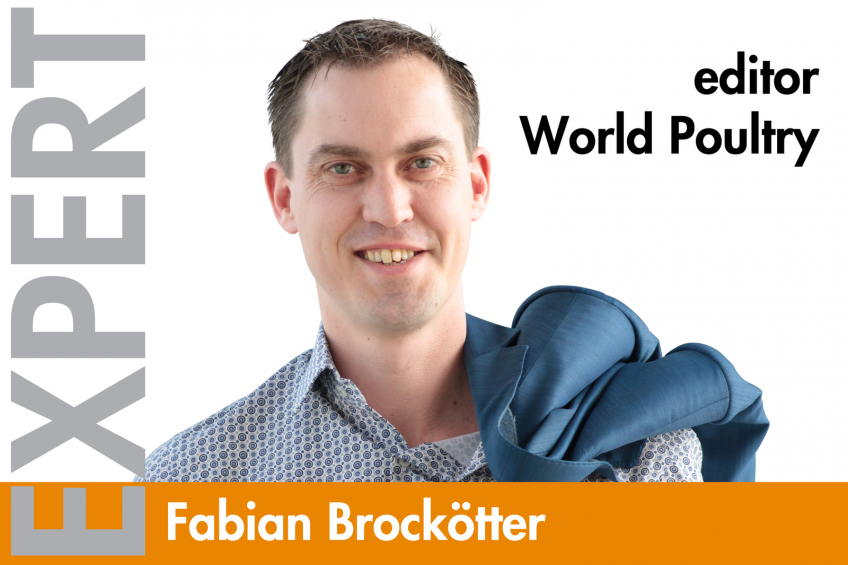The market dictates…

In the making of the latest print edition of World Poultry (34.7) 2 articles stood out for me; 1 in the US and the other in Great Britain. Both about the changes in layer housing systems. How the changes are happening at lightning speed and their impact on producers.
EXPERT
The US and UK are both stepping away from cage housing systems towards alternative systems such as aviary. And the transition is lightning fast, with a speed that even the poultry farmers themselves cannot come to terms with.
Egg market being forced into change
Animal welfare activists made their point, but it is the retailers who force the market change. It’s not that consumers aren’t willing to buy cage eggs; the supermarkets simply don’t offer the choice anymore.
German & Dutch supermarkets moving to free-range eggs
And it has not stopped there. In Germany and the Netherlands, eggs produced in aviary systems are following the same path of cage eggs. Some supermarkets have already switched to 100% free-range eggs on their shelves and egg producers are scrambling to fill in the demand by rebuilding their houses.
At the same time, the eggs from aviary production are abundant and prices are falling to the bare minimum. That is a tough situation, especially for the farmer who only a few years ago invested heavily in alternative systems, expecting them to last for decades to come.
Resisting change is futile
That said, trying to push back as a producer at what the market demands, is an understandable response, but it will have no effect. It’s better to connect with the market chains and try to work out together where future opportunities are, and embrace them together. Network engagement is immensely powerful because it combines expertise and ‘buy-in’ of all involved.












